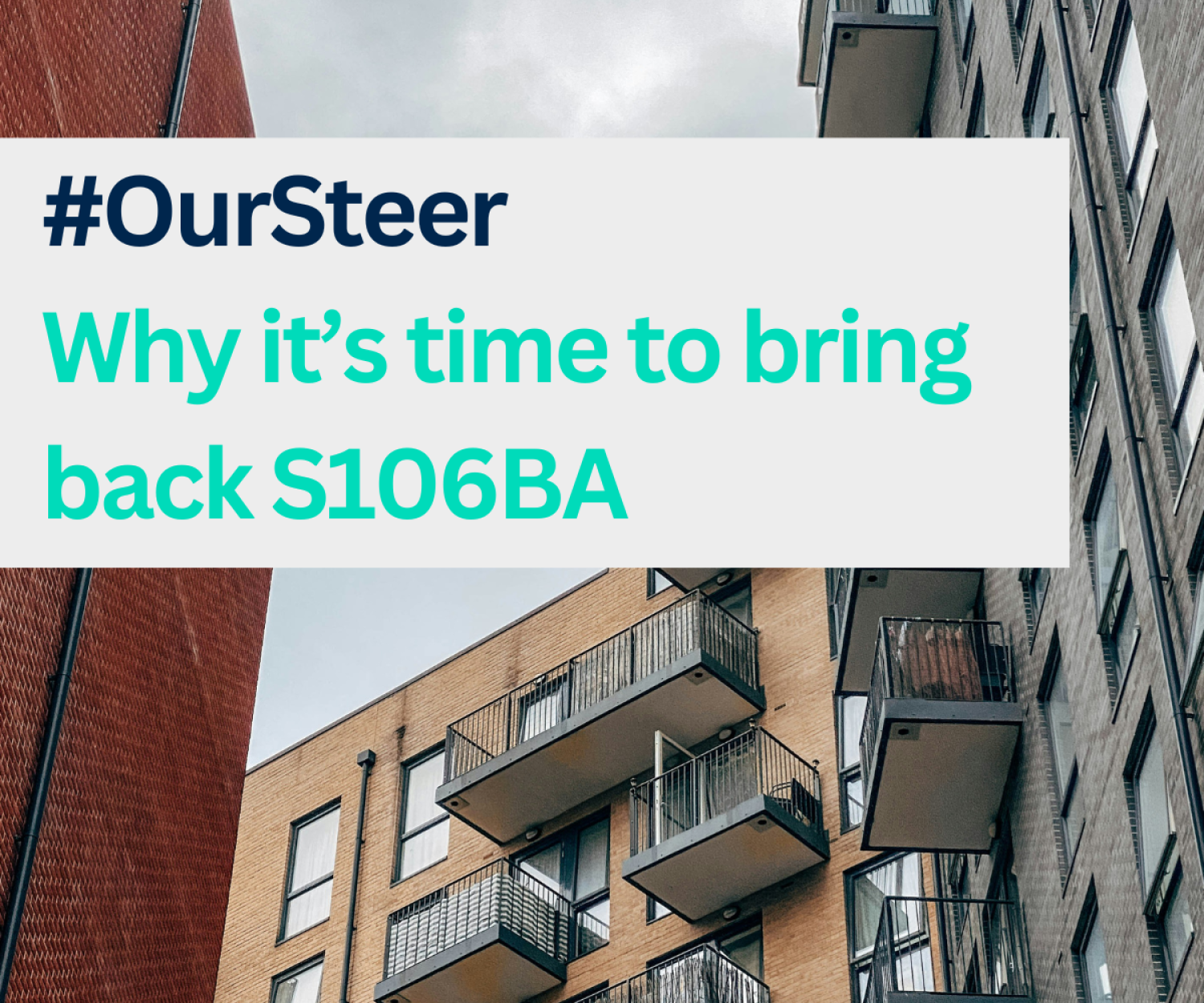From 1 September 2020 these Regulations will amend the Town and Country Planning (Use Classes) Order 1987, revoking Parts A and D and creating new use classes in relation to England.
These changes greatly increase the flexibility to change the use of premises such as shops and offices between uses that were previously in separate classes.
In essence however, and whilst the residential and industrial (B2/B8) Use Classes remain intact, the Government has sought to pool together what they consider to be ‘Commercial, Business and Service Uses’ (spanning as wide as office provision and health services) ‘Learning and Non-Residential Institutions Uses’ (principally ‘D1’ uses), and; ‘Local Community Uses’ (principally ‘D2’ uses).
The major shift attracting the most attention however surrounds the new ‘E’ Class uses. In simple terms, the traditional boundaries associated with protecting certain uses, including shops, office provision and ‘genuine’ community uses (i.e. health care services) have been removed.
No longer will ’12 or 24’ months marketing, or assessments of shopping frontages be required where changes of land use are proposed under permitted development rights.
This is a drastic shift in approach and significantly weakens development plan policies which seek to resist such developments without justification.
This flexibility will allow dormant buildings and particularly town centres to respond much more quickly to the market and in theory, ‘should’ bring vacant high street premises back into an active use.
It is however important to note that Use Classes prior to 1 September 2020 will remain relevant for certain change of use permitted development rights, until 31 July 2021. Newsteer can help guide you through these changes.
Should you have any questions, please contact one of the team.



